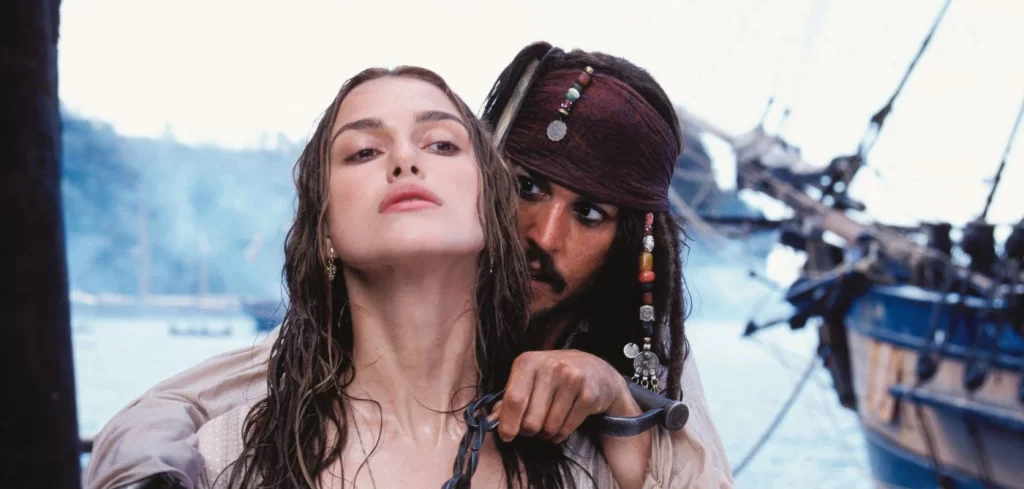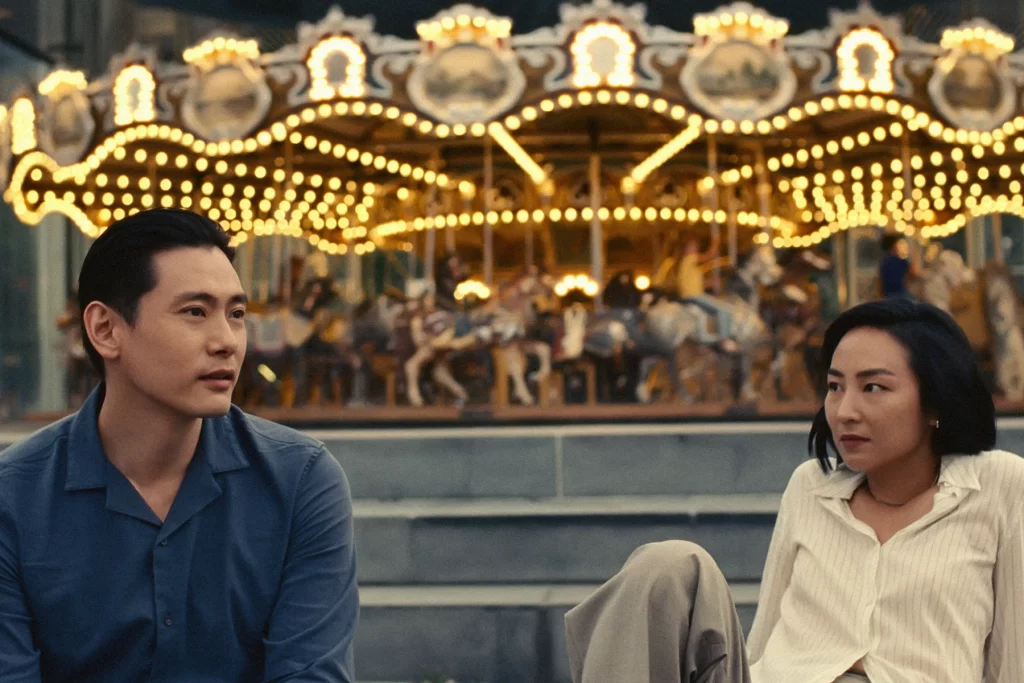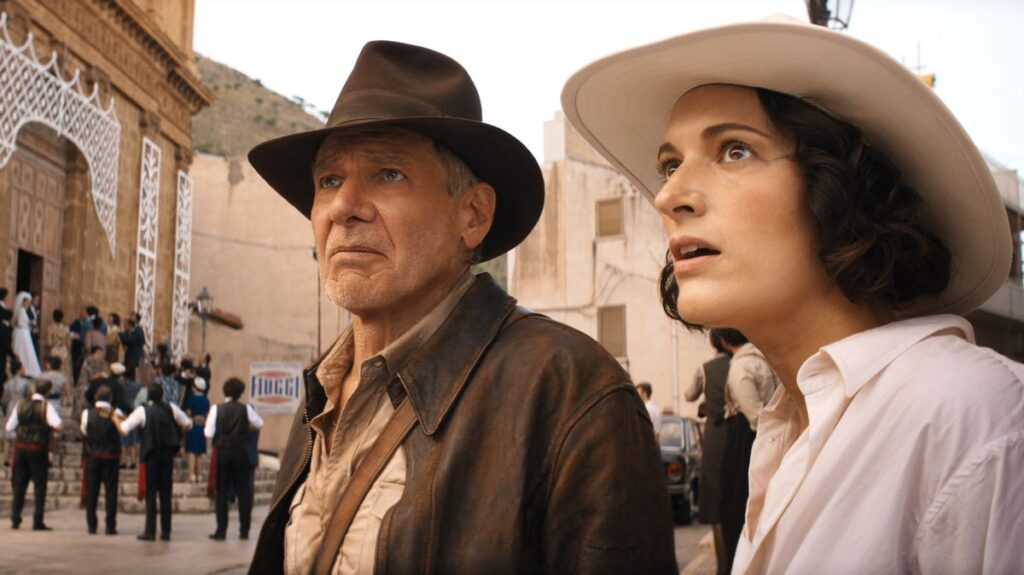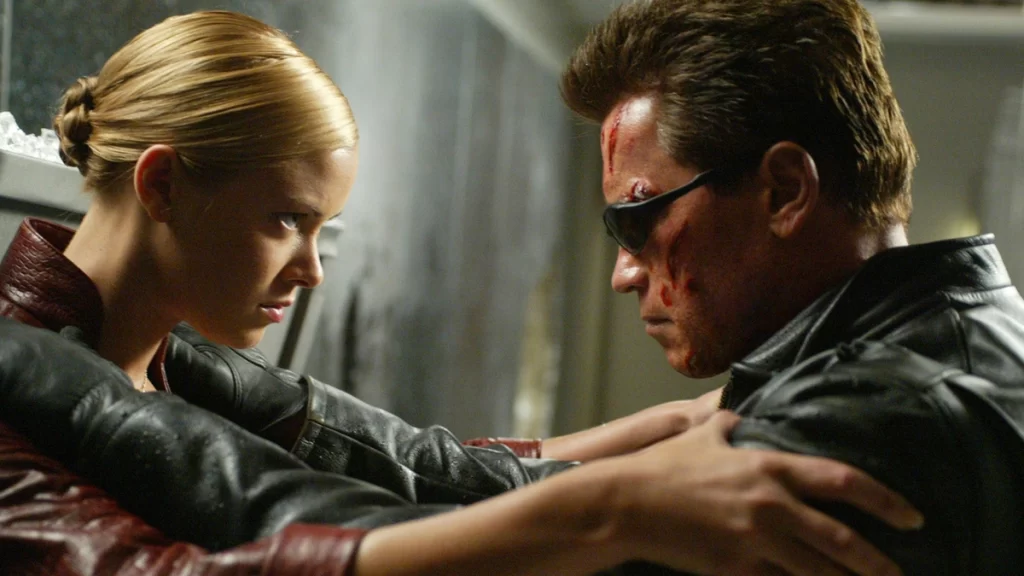From the Vault: The League of Extraordinary Gentlemen, 20 Years Later
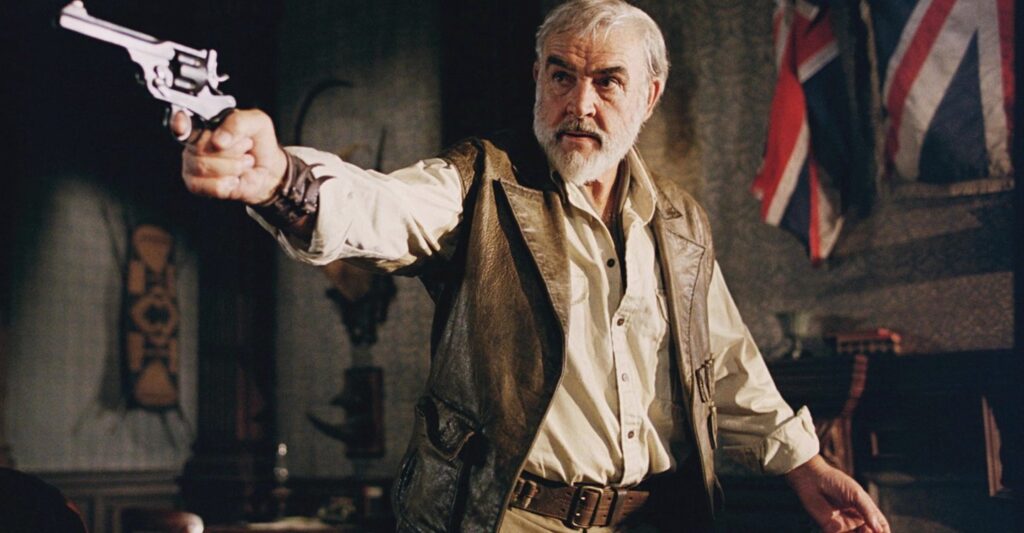
[EDITOR’S NOTE: In 2003, long before MovieManifesto.com existed, I spent my summer as a 20-year-old college kid writing as many movie reviews as I could. My goal was to compile them all into a website, possibly hosted by Tripod or Geocities, which would surely impress all of the women in my dorm. That never happened—neither the compiling nor the impressing—but the reviews still exist. So, now that I am a wildly successful critic actually have a website, I’ll be publishing those reviews on the respective date of each movie’s 20th anniversary. Against my better judgment, these pieces remain unedited from their original form. I apologize for the quality of the writing; I am less remorseful about the character of my 20-year-old opinions.]
Here is a movie that, when all’s said and done, fails to possess an identity. It is unsure whether it is an action blockbuster, a broad comedy, or a glib satire, and so it tries to be all of these at once and winds up being none of them. The League of Extraordinary Gentlemen (or LXG, as it has taken to calling itself) is a rambling, self-destructive journey that ultimately has no purpose. To be sure, it has its moments of genuine imagination, but most of the time it feels woefully uninspired, especially when saddled with such an insipid plot. This is a forgettable mishmash that pretends to be sly and entertaining but is, in reality, just plain dull. Read More

